BIOL3401 Midterm Review
1/187
There's no tags or description
Looks like no tags are added yet.
Name | Mastery | Learn | Test | Matching | Spaced |
|---|
No study sessions yet.
188 Terms
which container would you place your used gloves in
biohazardous waste
which container would you put a used coverslip in
broken glass container
which container would you place a razor in
sharps container
which piece of glassware is the most precise way to measure large amounts of liquid
graduated cylinder
which piece of glassware has a progressively smaller circumference from the bottom to the top
erlenmyer flask
which piece of glassware has an equal circumference until the top where the opening has a much smaller circumference
media bottle
which piece of glassware has an equal circumference from the top to the bottom and cannot be used for precise measurements
beaker
which machine is used to grow and maintain microorganisms at optimal physical conditions
incubatorw
which piece of glassware is used to move liquid culture around an agar plate evenly
spreader
which piece of equipment is used to sterilize tools and glassware on the benchtop
microincinerator
which piece of equipment is used for visualizing microbes
microscope
which tool is used to move microorganisms between cultures and can be repeatedly sterilized
inoculating loop
which machine rotates a mixture to separate out the different parts
centrifuge
which machine is used to heat a mixture and stir a mixture using electromagnetic forces
hot plate/magnetic stirrer
which machine agitates a mixture in a test tube to make a homogenized mixture
vortex mixture
which machine is used to measure masses
analytical balance
which piece of equipment is used to avoid contamination when working with microbes
laminar flow hood
which piece of equipment is used to sterilize equipment and media
autoclave
which piece of equipment is measure the amount of material based on absorbance
spectrophotometer
which machine is used to perform polymerase chain reactions
thermocycler
which machine is used to keep liquids at a constant temperature
waterbath
which piece of glassware/plastic is to hold small amounts of liquid in molecular biology
microcentrifuge tube
which piece of glassware is used to grow microbes in liquid culture
test tube
which piece of glassware is used to grow microbes in solid or semi-solid agar
petri dish
which pipet moves a fixed volume
pasteur pipet
which pipet is used to transfer the largest amounts of liquid
serological pipet
which pipet is used to transfer the smallest amounts of liquid
micropipet
those organisms that pose very little risk of disease for healthy students, and they can still capable of causing infection under certain circumstances are rated
BSL-1
those organisms that pose a moderate risk of infection, but the diseases caused by these organisms are treatable and usually not serious are rated
BSL-2
though we will not use these organisms during lab, organisms that can cause disease in healthy adults and can spread to the community but have an effective treatment are rated as
BSL-3
though we will not use these organisms during lab, organisms that can cause disease in healthy adults, poses a lethal risk and does not respond to vaccines or antimicrobial therapies are rated as
BSL-4
growing microbes in culture is important to increase visibility and manage microbes in an artificial environment is which of the following
inoculation
the method uses media to separate out individual microbes to make pure culture is known as
isolation
this process that uses media and cultured microbes occurs when the microbes are placed under optimal growth condition to promote growth and reproduction of the microbes is known as:
incubation
this is the analysis of collected data to help determine the type of microbe that is present and is known as
identification
this type of microscope cause the light source to hit the specimen at a severely oblique angle
darkfield
this is the most common type of microscope used
brightfield
a benefit of this microscope is the ability to clearly view live organisms without stains
phase contrast
when using the scanning objective, the objective magnification would be
4x
when using the low-power objective, the objective magnification would be
10x
when using the high-dry objective, the objective magnification would be
40x
when using the oil immersion objective, the objective magnification would be
100x
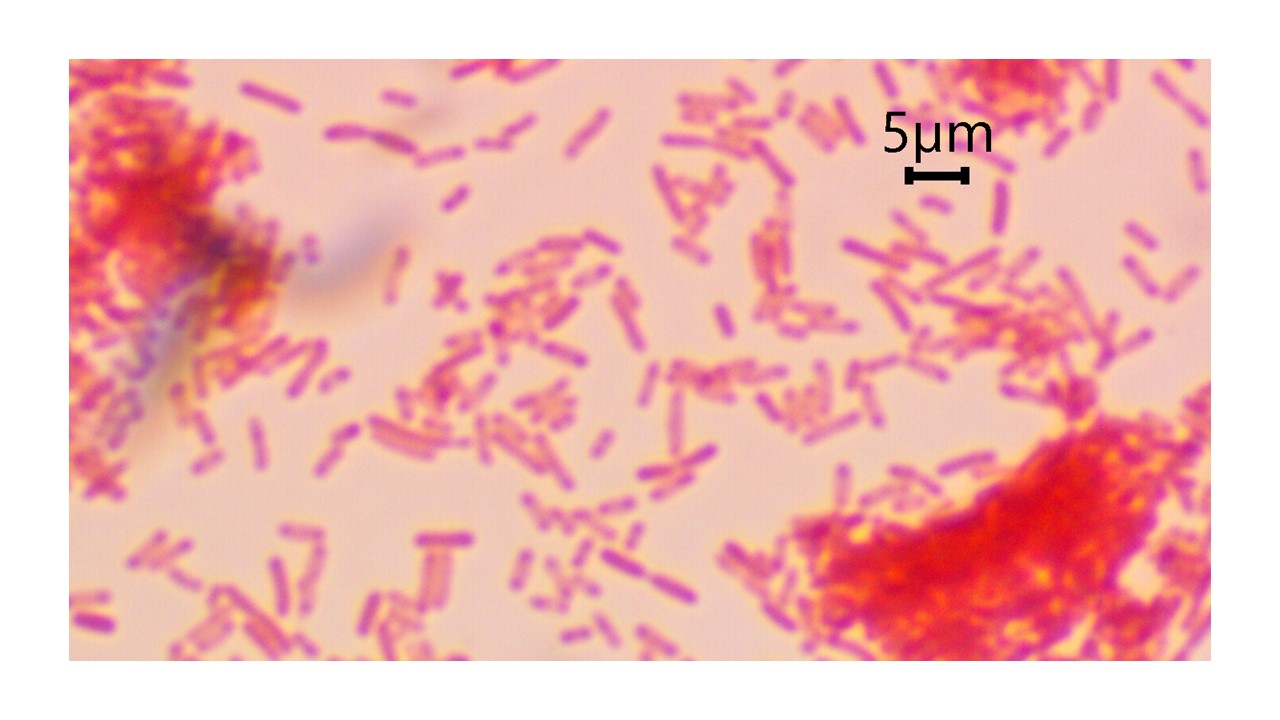
which type of cell wall (Gram negative or Gram positive) was Escherichia coli
gram negative
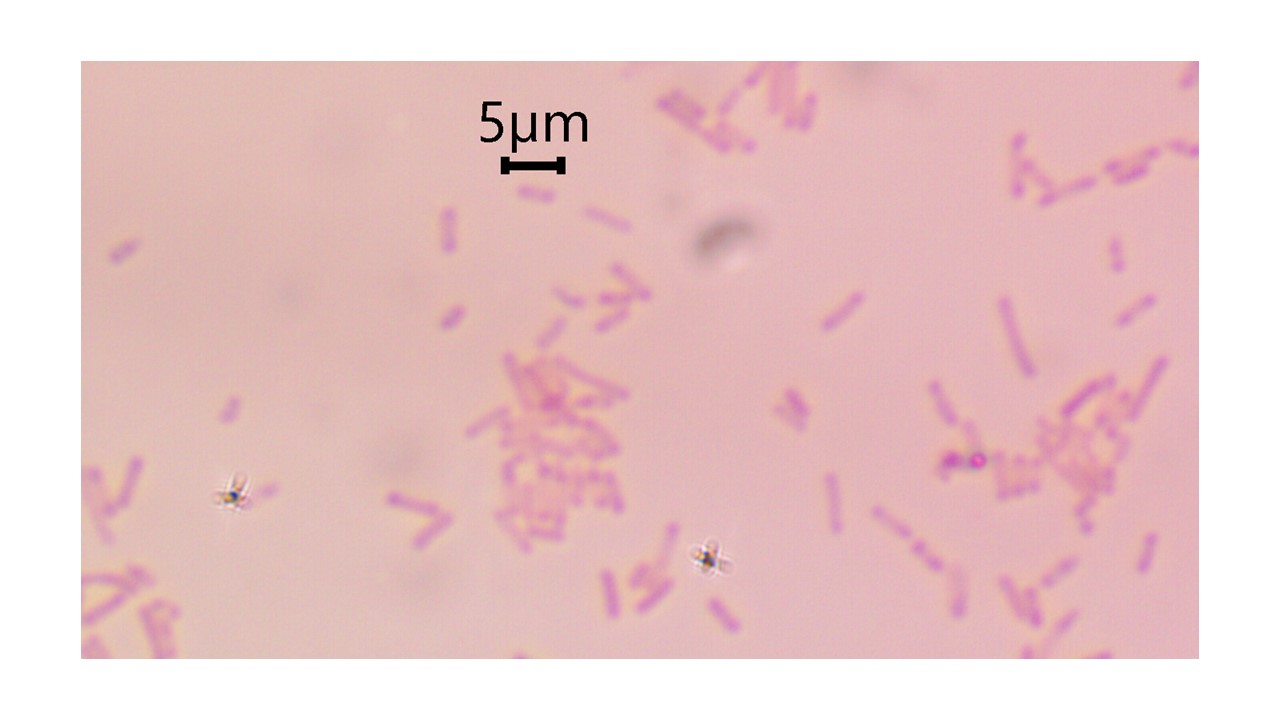
which type of cell wall (Gram negative or Gram positive) was Pseudomonas aeruginosa
gram negative
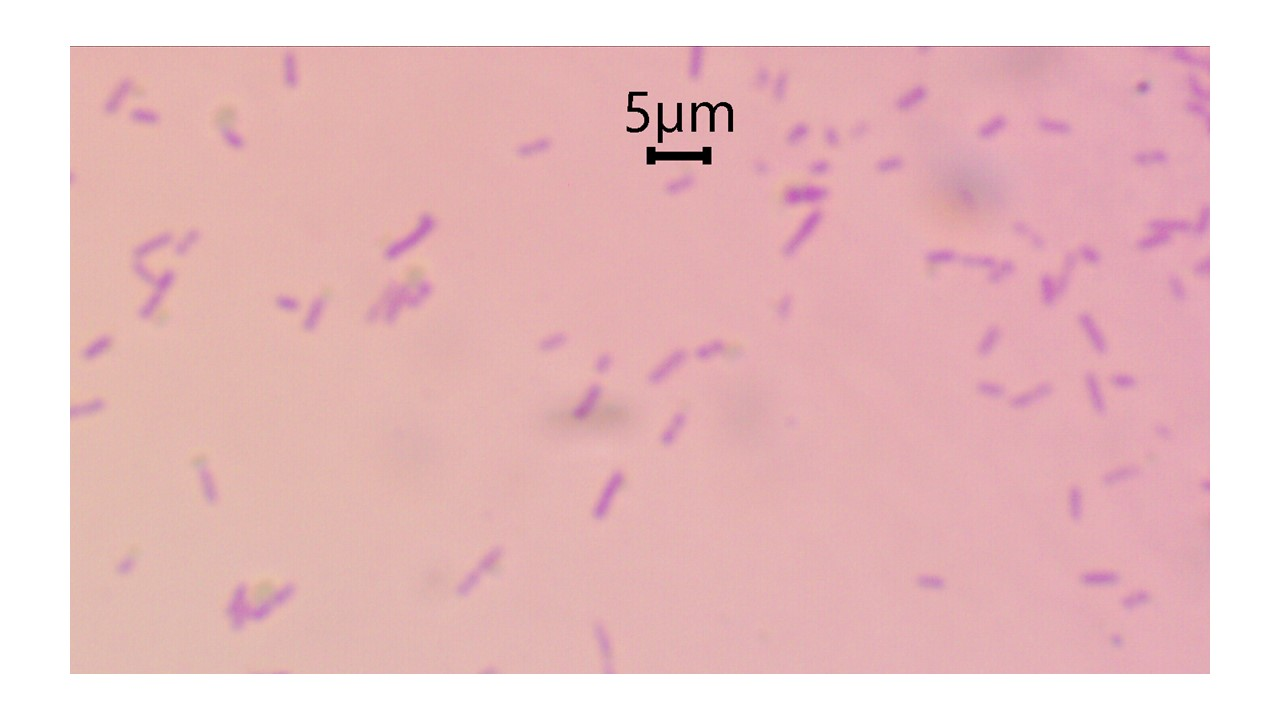
which type of cell wall (Gram negative or Gram positive) was Bacillus subtilis
gram positive
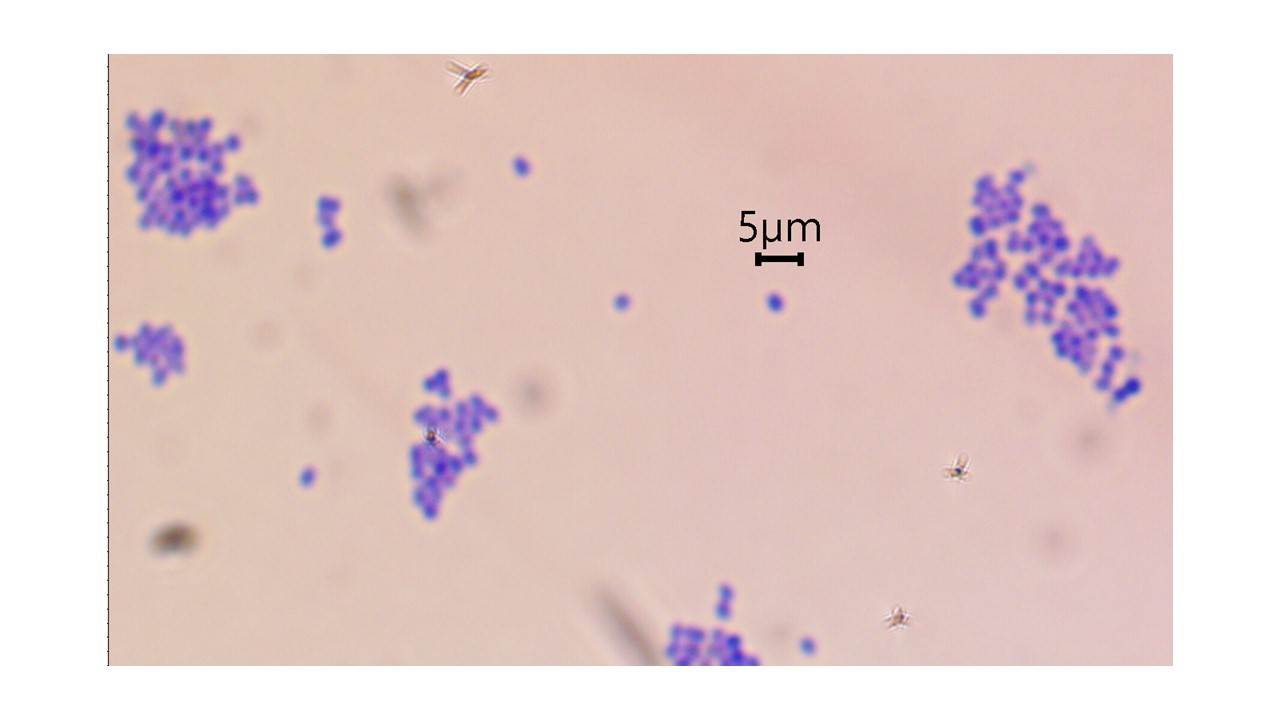
which type of cell wall (Gram negative or Gram positive) was Stahylococcus epidermidis
gram positive
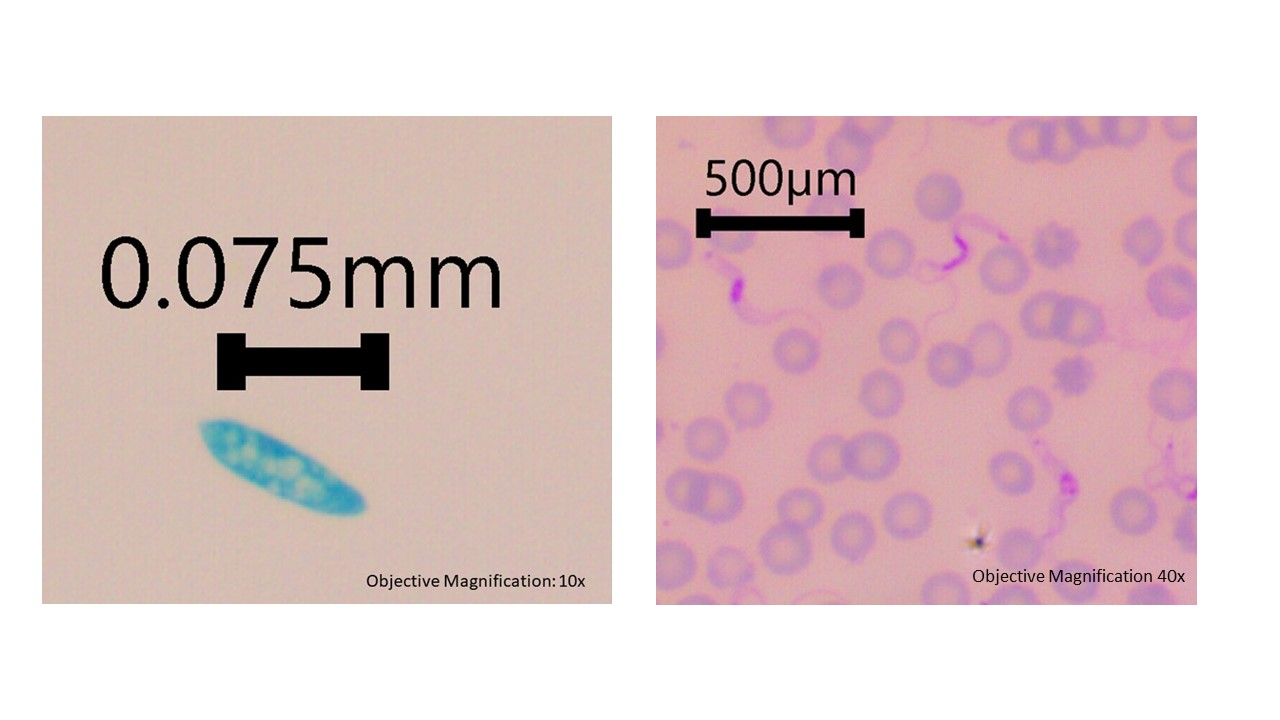
which supergroup do Kinetoplastida, Diplomonads, Parabasilids, Euglenazoans and Euglenids belong to
excavata
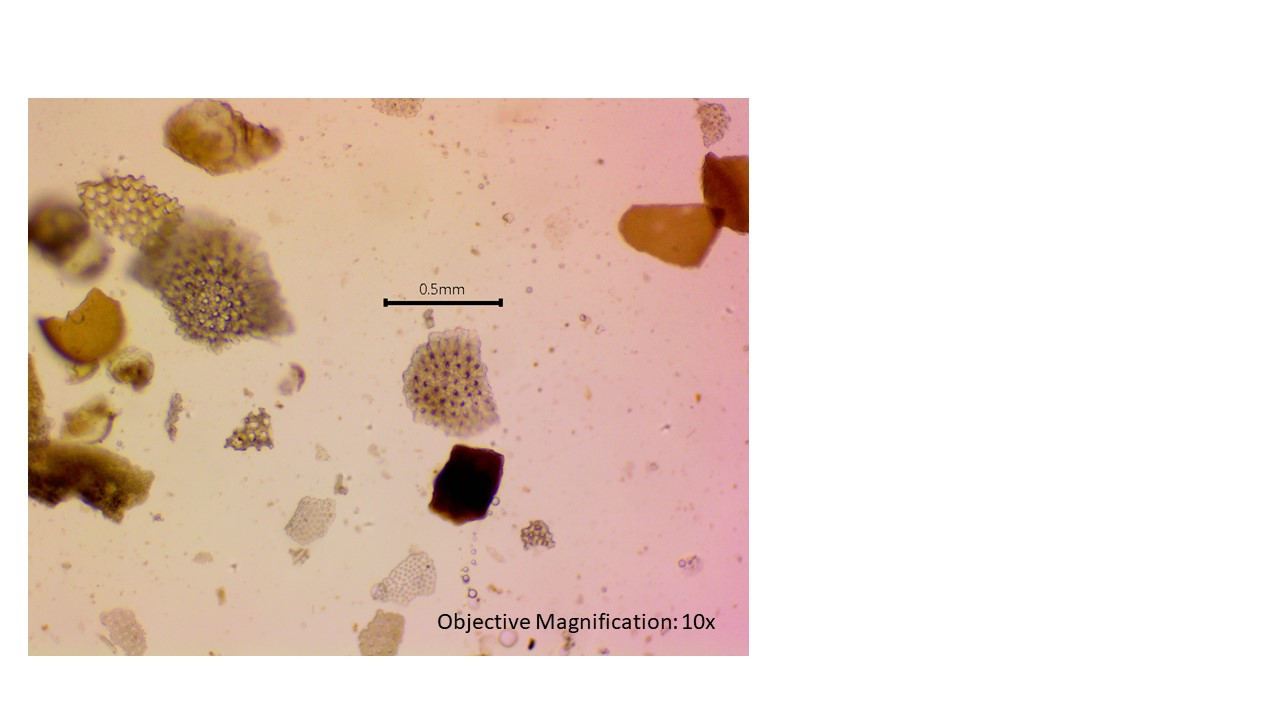
which supergroup do Cercozoa, Radiolarians and Foraminiferans belong to
rhizaria
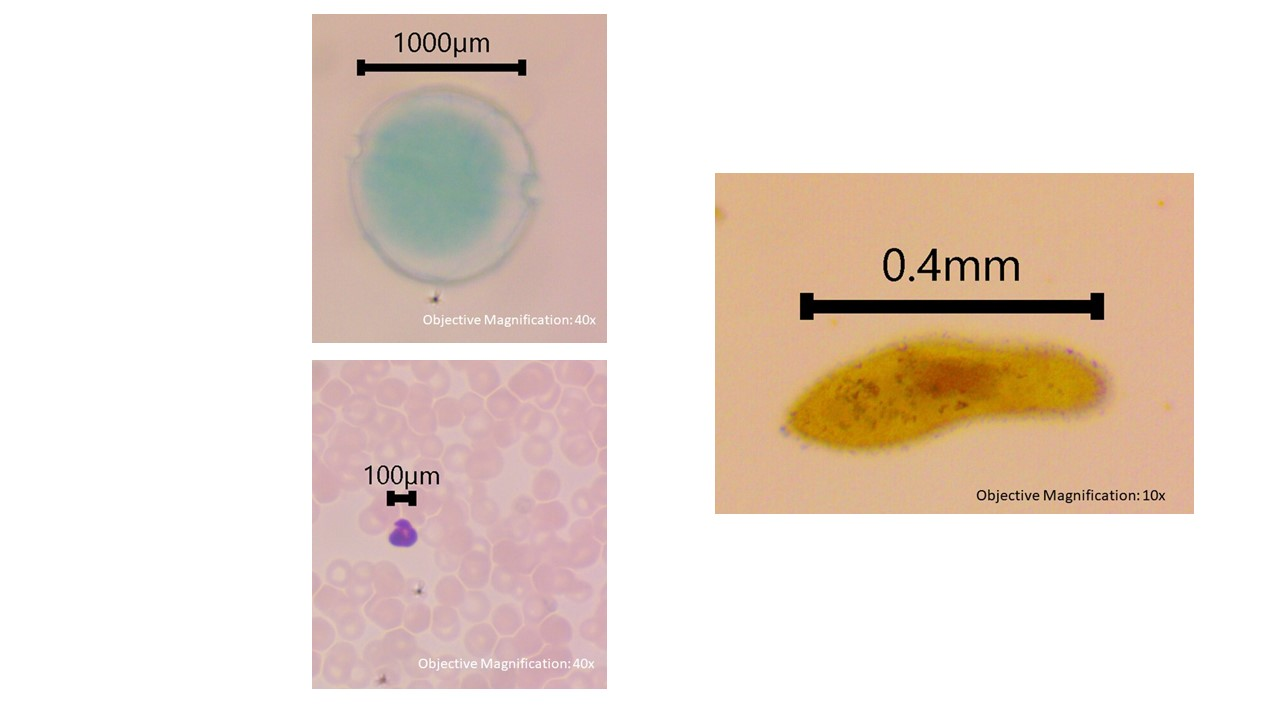
which supergroup do Apicoplexans, Ciliates and Dinoflagellata belong to
alveolata
the phylum Nematoda belongs to which kingdom
animals
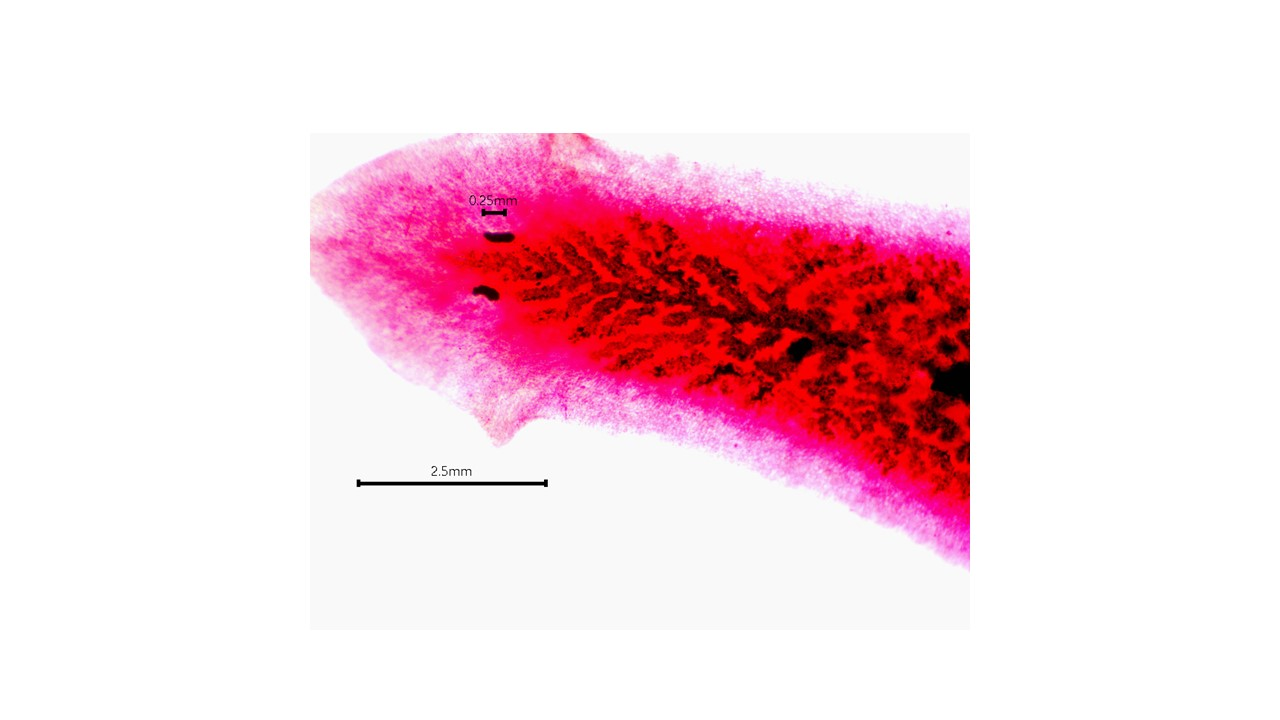
the phylum Platyhelminthes belongs to which kingdom
animals
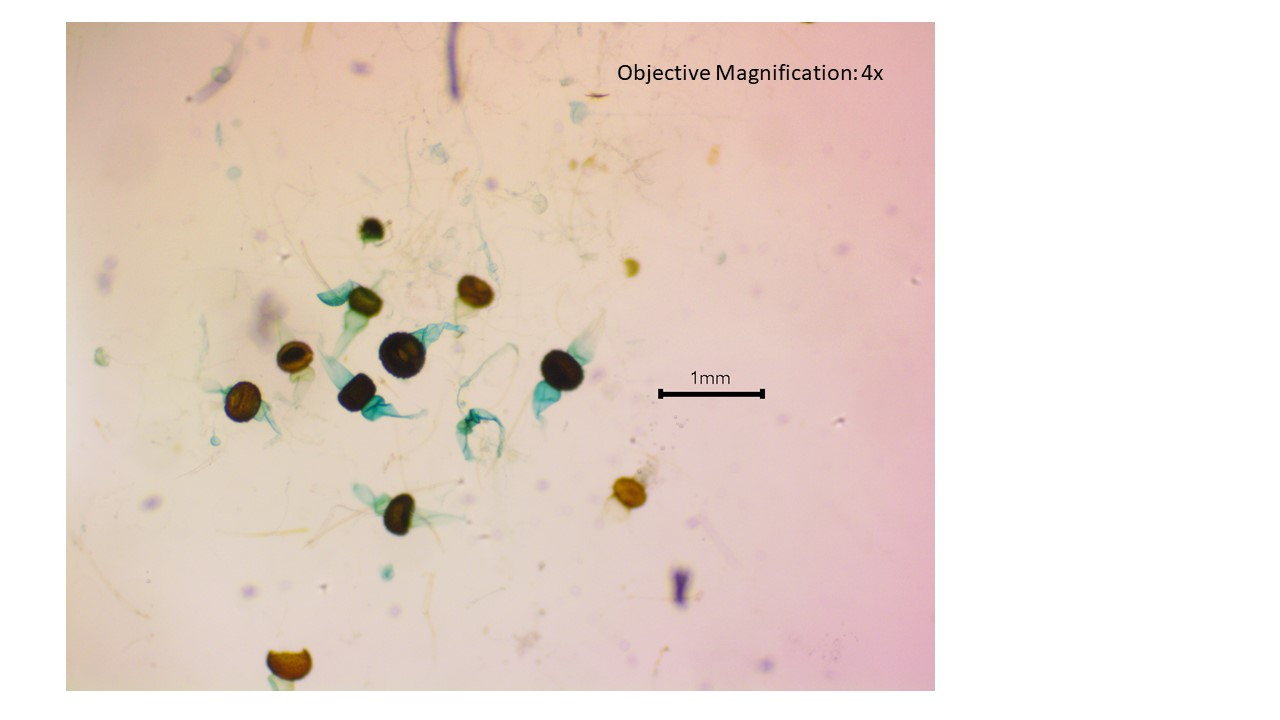
which fungal phylum contains bread molds
zygomycota
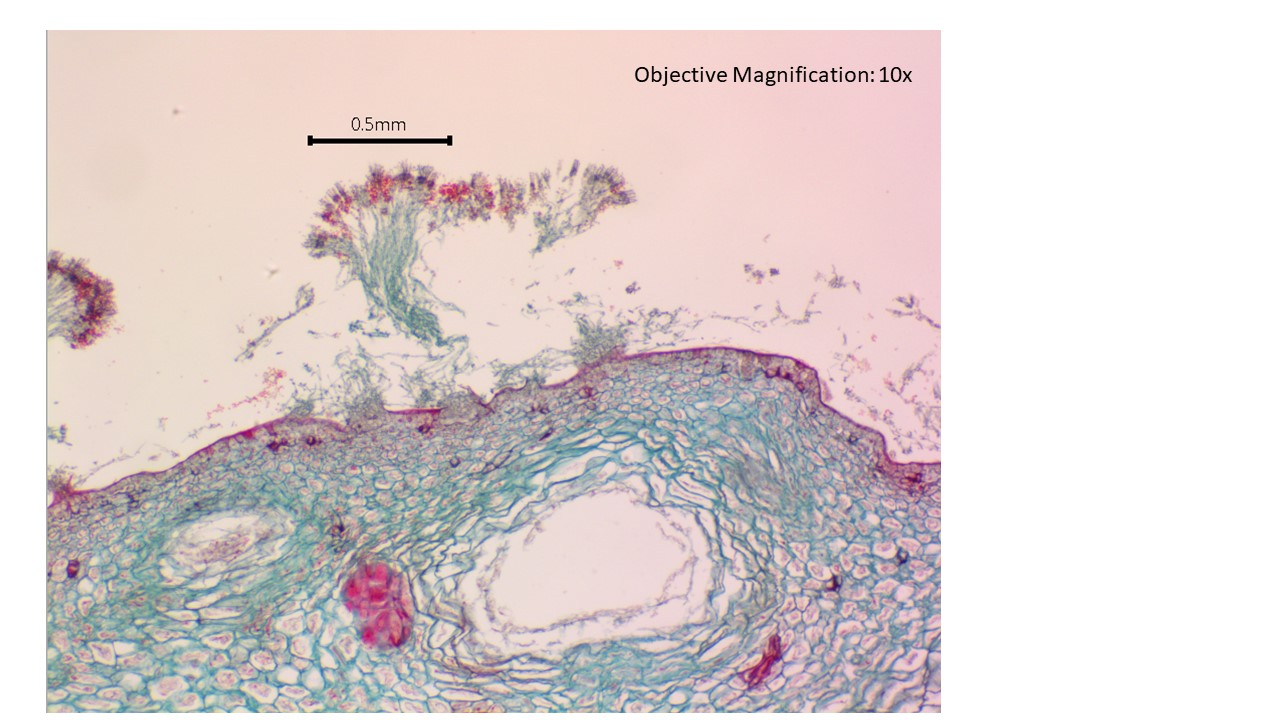
which phylum contains the fungus that produces pencillin and brewer's yeast (Saccharomyces)
ascomycota
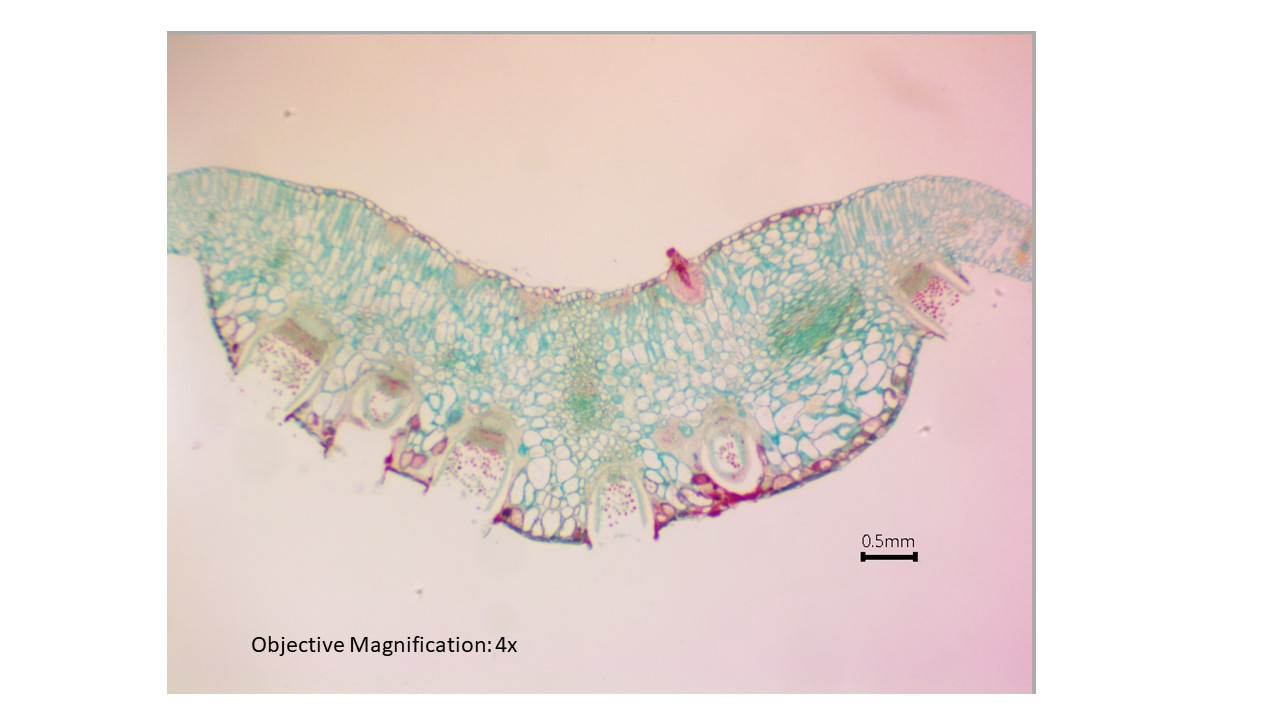
which phylum contains the plant pathogenic fungi known as smuts and rusts
basidiomycota
which virus classification incudes double stranded DNA?
class I
which virus classification includes single stranded DNA
class II
which virus classification includes double stranded RNA
class III
which virus classification includes positive sense single stranded RNA
class IV
which virus classification includes negative sense single stranded RNA
class V
which virus classification includes single stranded RNA with a DNA intermediate
class VI
which virus classification includes double stranded DNA with an RNA intermediate
class VII
which type of stain sticks to the cell and gives them color
positive staining
which type of stain does not stick to the cell, but dries around the cell boundary creating a silhouette
negative staining
which type of stain uses both basic and acidic dyes
gram staining
which type of stain uses a single dye
simple staining
which type of stain uses two dyes - a primary dye and a counterstain
differential staining
what cell structure does Gram staining react to
cell wall
what cell structure gets stained when the cell is under environmental stress
spore
what waxy material in the cell wall does acid-fast staining react to
mycolic acid
name the two stains used in Gram staining
crystal violet, safranin
name the two stains used in acid-fast staining
fuchsin, methylene blue
name the two stains used in spore staining
malachite, safranin
name the one stain that can be used in negative staining
nigrosin
which type of cell wall is indicated by purple/blue in Gram staining
gram positive
which type of cell wall is indicated by pink in Gram staining
gram negative
with spore staining, green indicates which structure
spore
with spore staining, red indicates what type of cell
vegetative cells
with acid-fast staining, Mycobacterium (acid-fast bacteria) will stain which color because of the presence of mycolic acid
red
with acid-fast staining, non-acid-fast bacteria will stain which color
blue
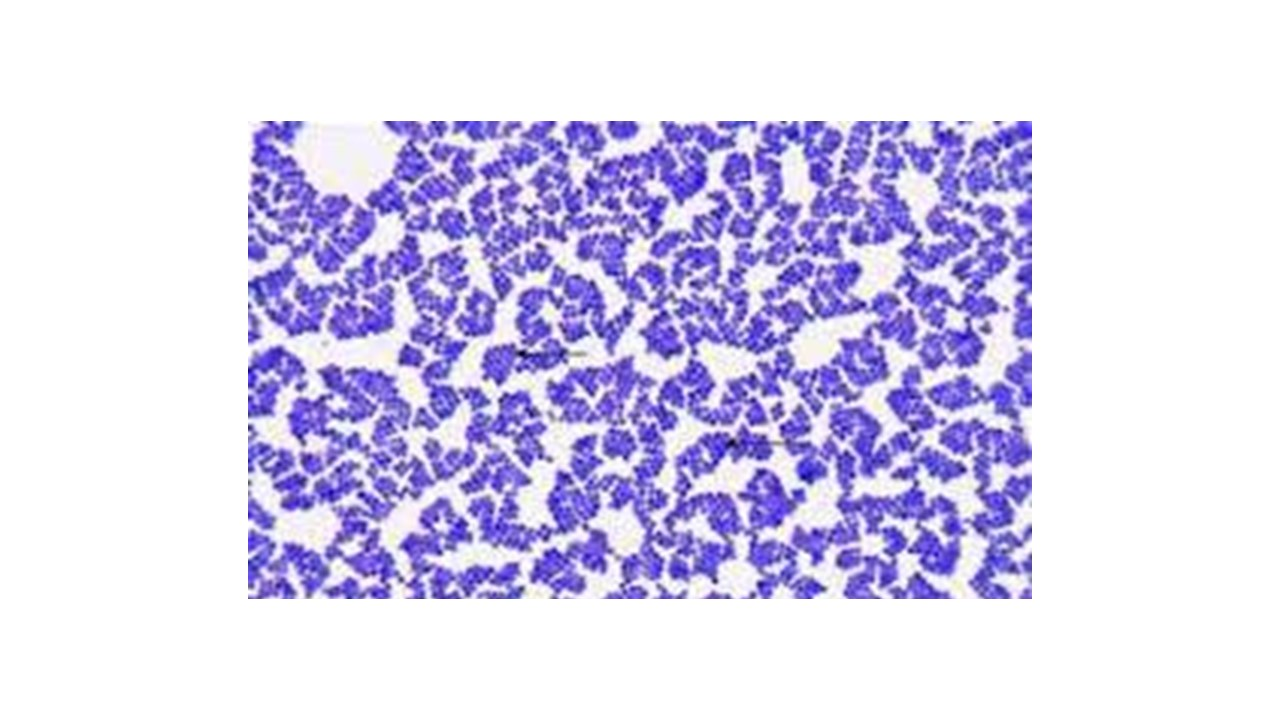
looking at the micrograph, is Staphylococcus aureus Gram positive or Gram negative
gram positive
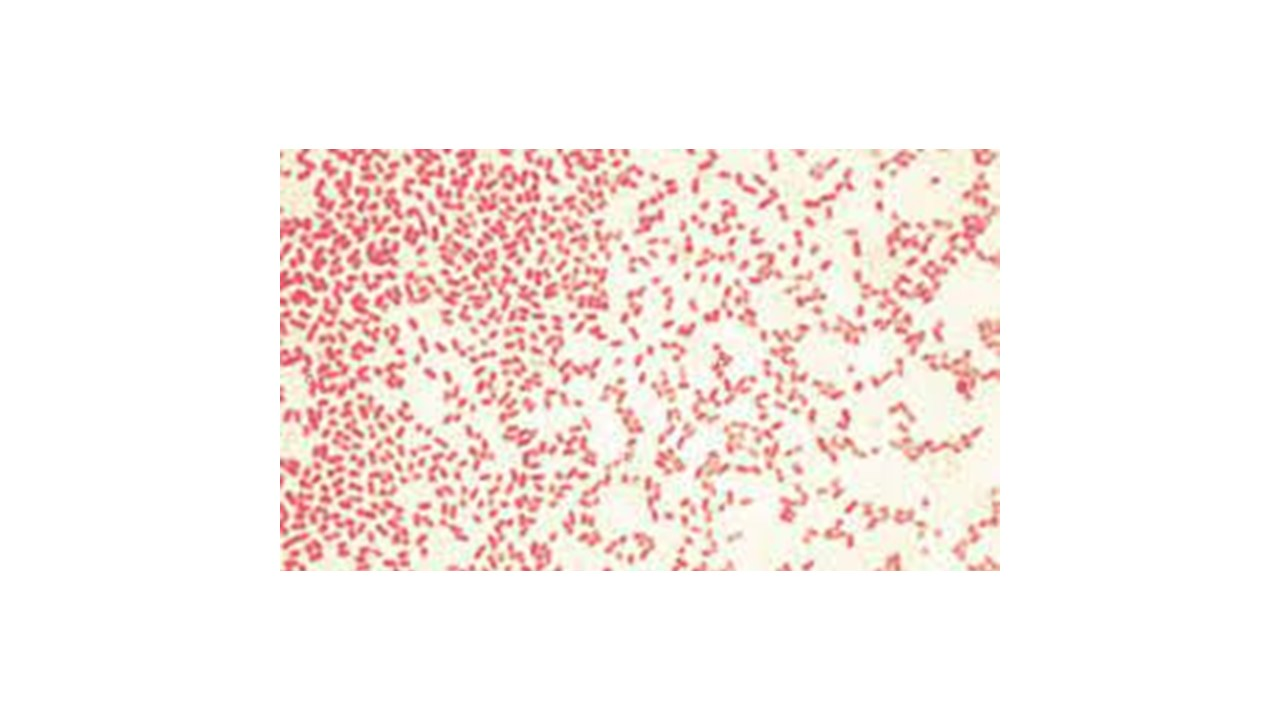
looking at the micrograph, is Pseudomonas aeruginosa Gram positive or Gram negative
gram negative
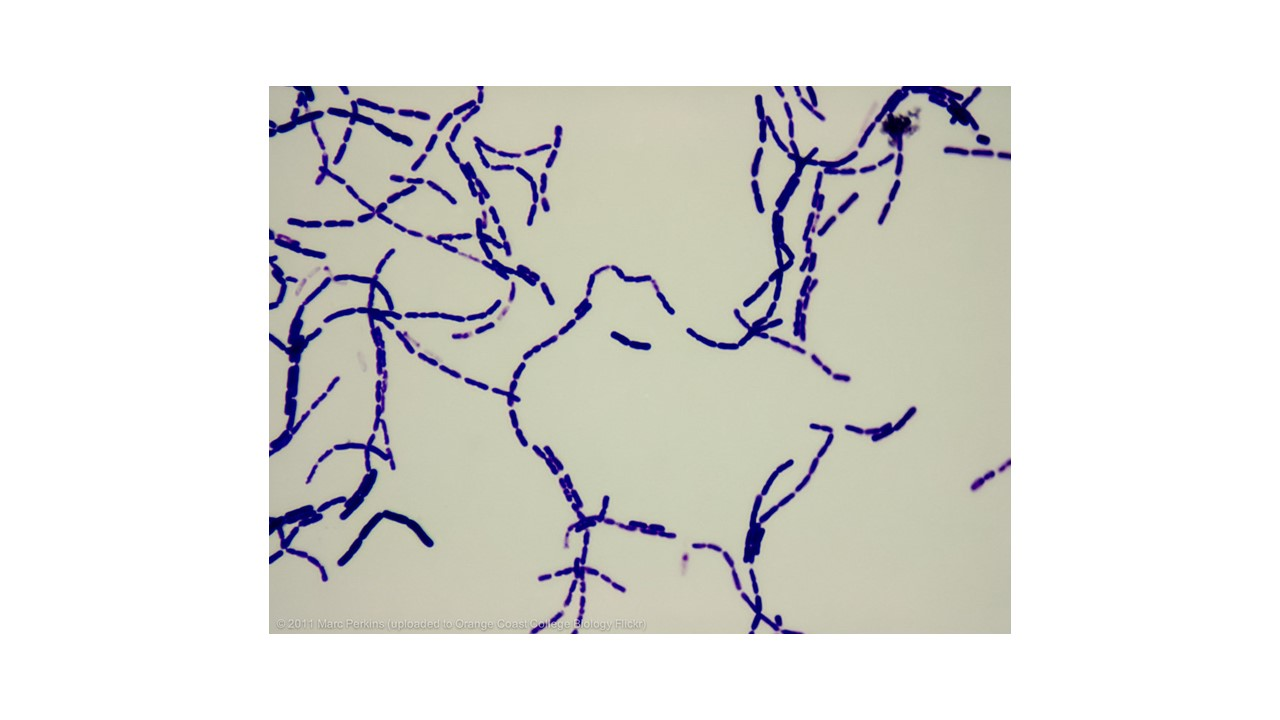
looking at the micrograph, is Bacillus megaterium Gram positive or Gram negative
gram positive
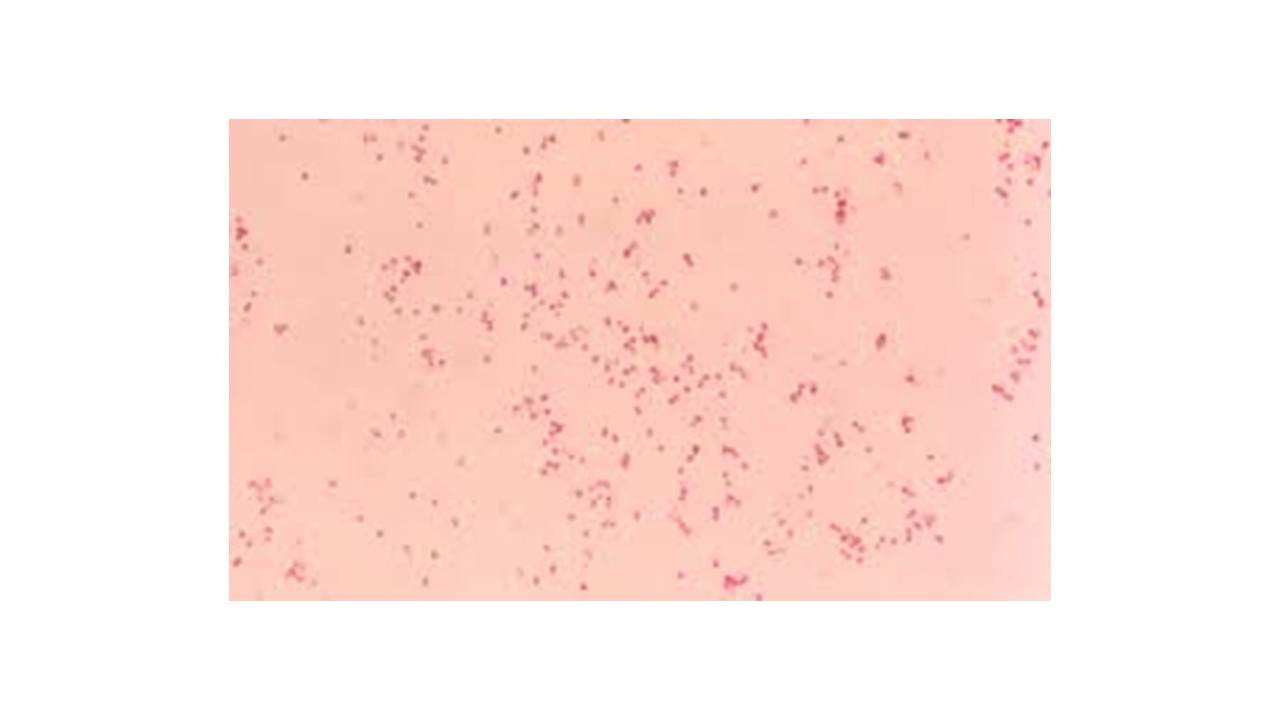
looking at the micrograph, is Moraxella catarrhalis Gram positive or Gram negative
gram negative
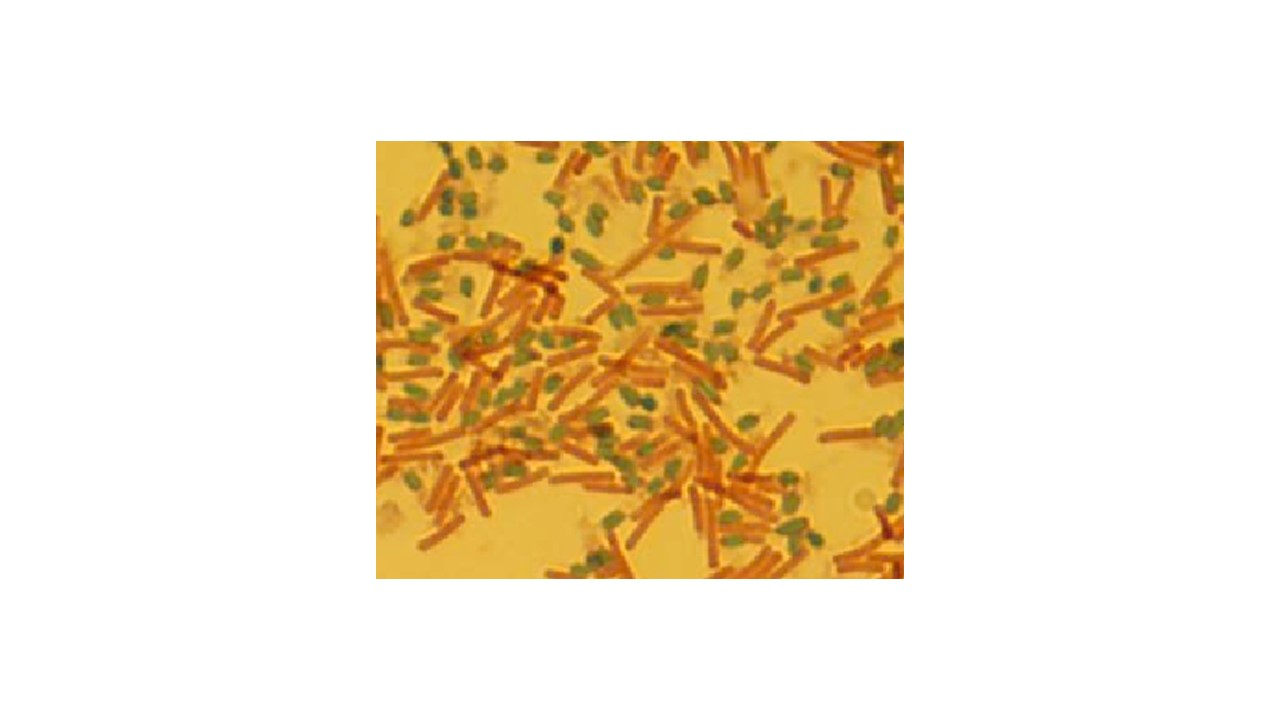
looking at the micrograph, does the bacteria Clostridium difficile produce spores
yes
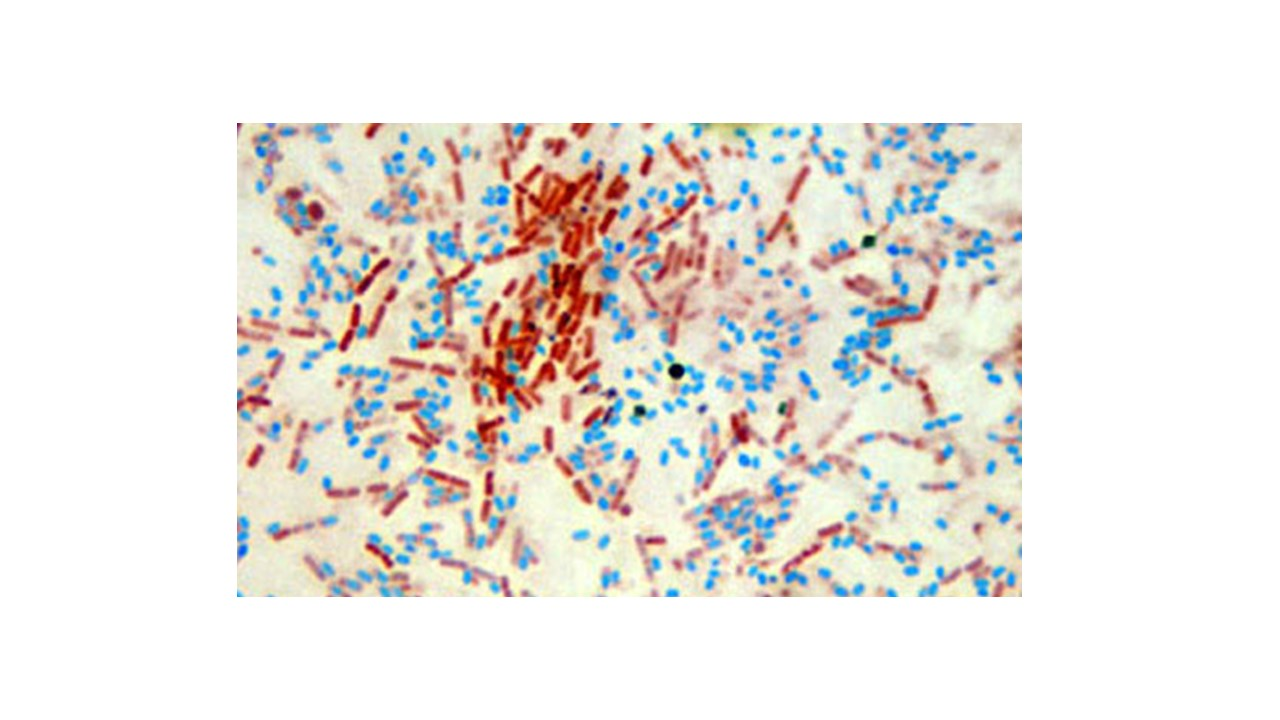
looking at the micrograph, does the bacteria Bacillus cereus produce spores
yes
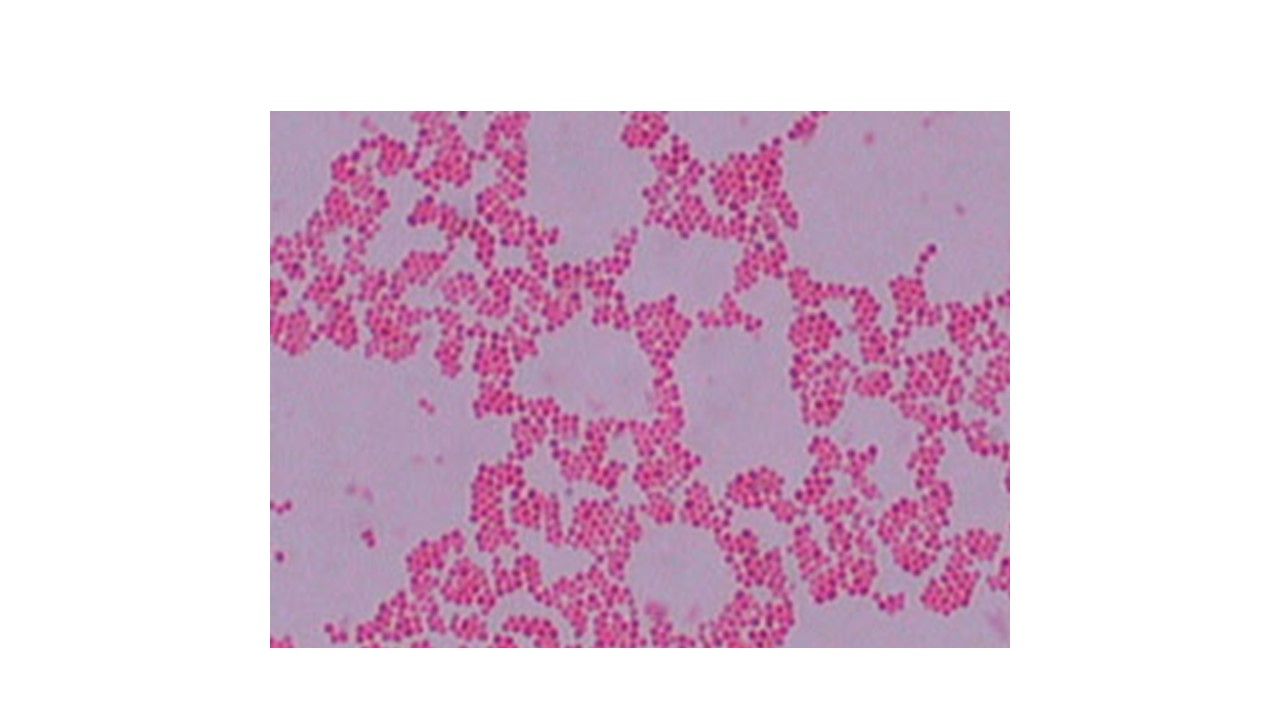
looking at the micrograph, does the bacteria Staphylococcus sp. produce spores
no
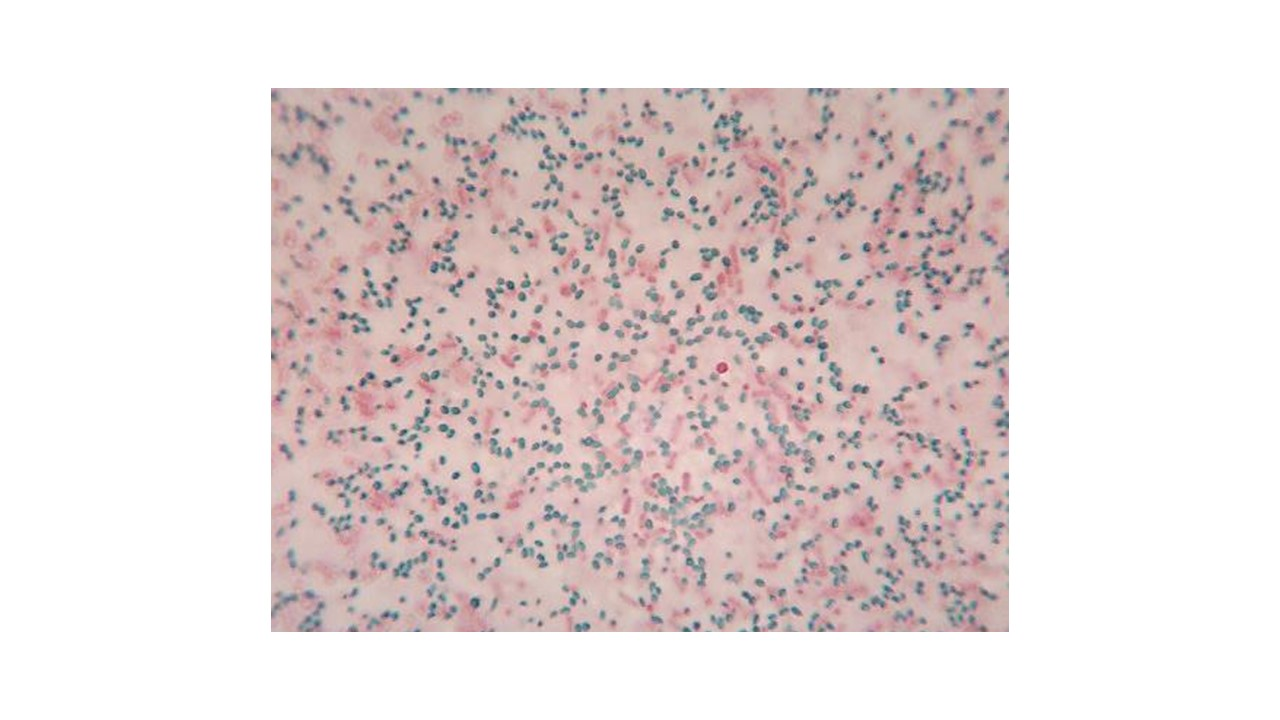
looking at the micrograph, does the bacteria Bacillus megaterium produce spores
yes
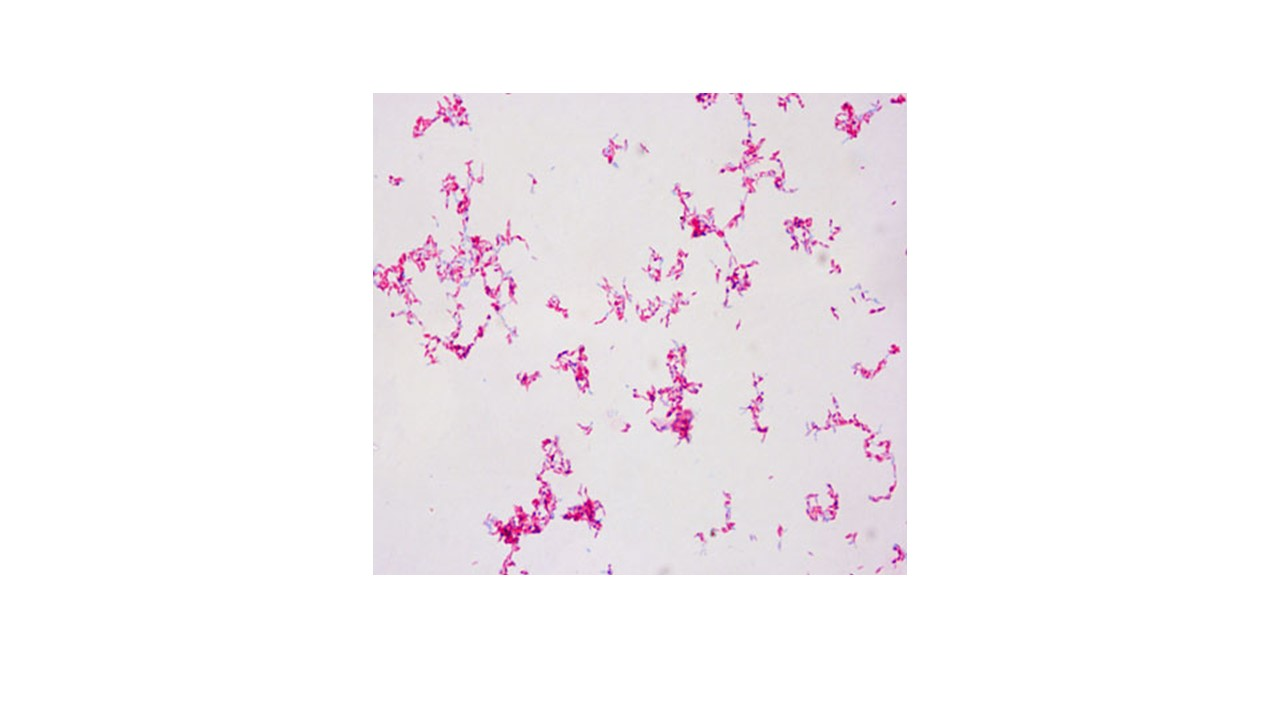
looking at the micrograph, does the bacteria Mycobacterium smegmatis produce the waxy material in its cell wall
yes
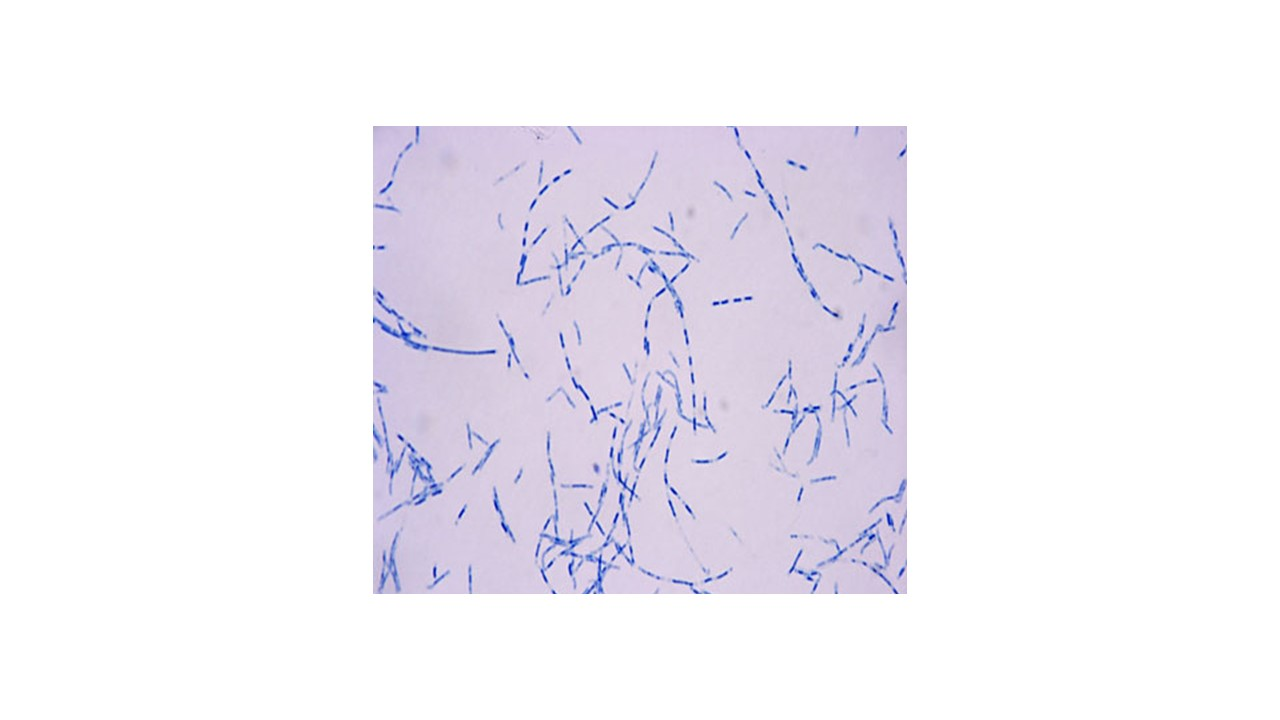
looking at the micrograph, does the bacteria Bacillus cereus produce the waxy material in its cell wall
no
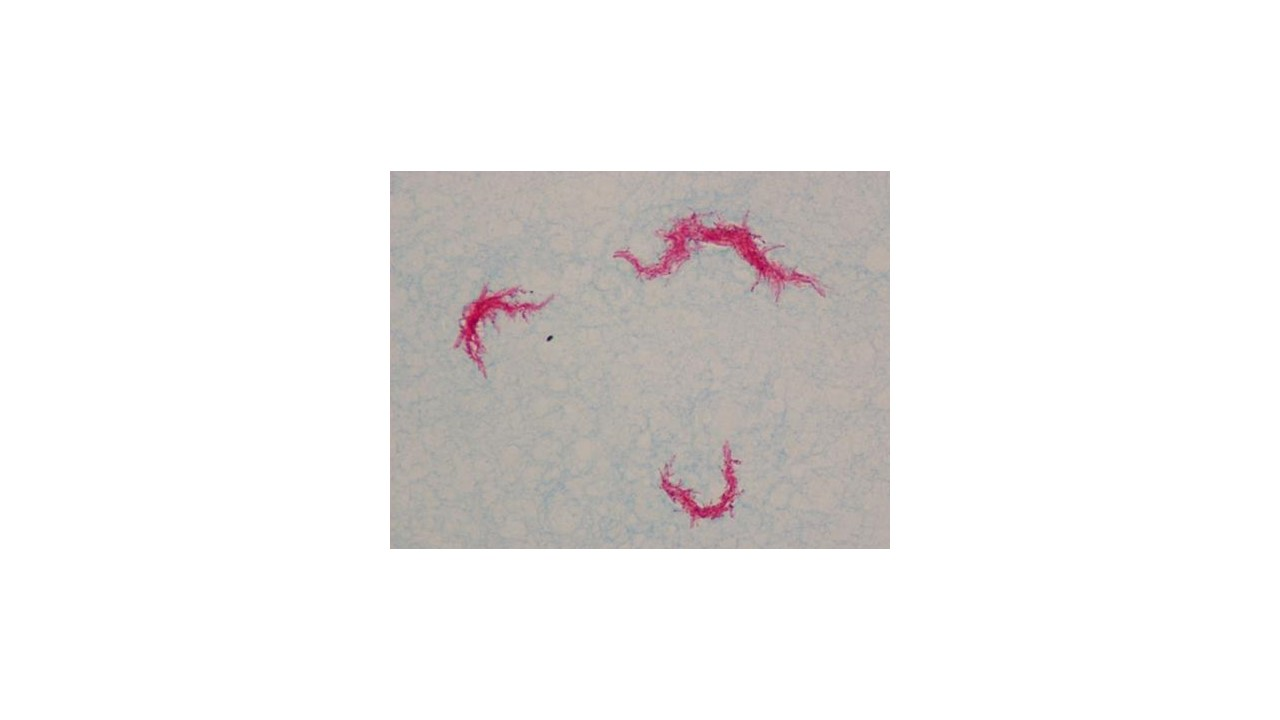
looking at the micrograph, does the bacteria Mycobacterium tuberculosis produce the waxy material in its cell wall
yes
these media are designed to grow a broad spectrum of microbes that do not have special growth requirements
general purpose
these media contain complex organic substances such as growth factors that are required for the microbes to grow
enriched
these media contain substances that absorb oxygen or slow the penetration of oxygen
anaerobic growth
this type of media is used to maintain and preserve the microbe for a period of time before testing
specimen transport
this type of media contains one or more agents that inhibit the growth of certain microbes but not another
selective
this type of media can grow several types of microbes but are designed to bring out visible differences among those microbes
differential
this type of media is used to count the number of microbes in agricultural, industrial or environmental samples
enumeration
this type of media is used to test the effectiveness of antimicrobial drugs, disinfectants and antiseptics
assay
this type of media contain pure chemical nutrients that vary little from one source to another and have a molecular content with an exact formula
synthetic media